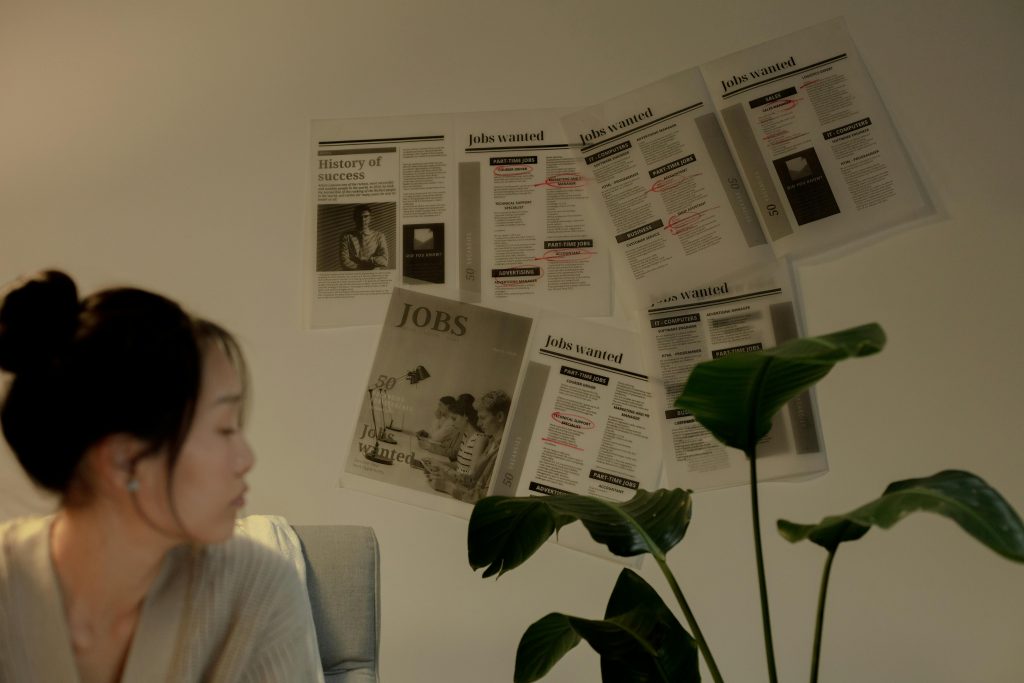Introduction
“Where do you see yourself in five years?” It’s a question many of us dread—not because we lack ambition, but because we don’t have a plan. In today’s fast-paced job market, career growth doesn’t happen by accident—it happens by design. That’s where a 5-year career growth plan comes in.
Whether you’re climbing the corporate ladder, switching industries, or starting a new venture, having a structured plan gives you clarity, focus, and momentum. It helps you make intentional decisions instead of reacting to every opportunity or setback.

In this guide, we’ll walk you through a simple, strategic approach to creating a 5-year career growth plan that aligns with your goals, strengths, and future vision.
Why a 5-Year Career Plan Matters
A career plan isn’t just about promotions or pay rises—it’s about purpose. It helps you:
- Clarify your direction and long-term goals
- Make better decisions about jobs, learning, and opportunities
- Track your progress and stay motivated
- Adapt to change with confidence and control
Think of it as a roadmap. You can always take detours or change the destination, but you’ll never feel lost.
Step 1: Reflect on Where You Are Now
Before you plan the future, you need to assess your present.
Ask yourself:
- What are my current strengths and skills?
- What parts of my job energize me? What drains me?
- Where am I excelling? Where am I struggling?
- What values guide my decisions (flexibility, growth, impact, stability)?

Use a simple SWOT analysis (Strengths, Weaknesses, Opportunities, Threats) to get a clear picture.
Step 2: Define Your 5-Year Career Vision
This is your long-term goal. Think big—but stay realistic.
Examples:
- “Become a department manager in my current company.”
- “Transition into UX design and land a role at a creative agency.”
- “Start a freelance consulting business and earn six figures.”
If you’re unsure, imagine your ideal workday in 5 years—what are you doing, where are you, and who are you working with?
Step 3: Break It Down into Annual Milestones
Once you’ve defined your 5-year goal, work backward to set yearly objectives.
Example: Goal – Become a Project Manager
| Year | Milestone | Key Actions |
|---|---|---|
| Year 1 | Learn project fundamentals | Take a certified online course (e.g., CAPM or PRINCE2) |
| Year 2 | Assist on cross-functional projects | Volunteer for internal initiatives or cross-team work |
| Year 3 | Lead a small team or project | Ask to manage a pilot or small rollout |
| Year 4 | Improve leadership skills | Join a mentorship program or leadership workshop |
| Year 5 | Apply for PM roles | Update your CV, build portfolio, interview prep |
Step 4: Identify Skill Gaps and Learning Needs
To reach your milestones, you’ll likely need to upskill.
Common areas for development:
- Technical skills (e.g., coding, data analysis, CRM tools)
- Soft skills (e.g., communication, leadership, conflict resolution)
- Certifications relevant to your industry
- Industry knowledge (e.g., market trends, competitors)

Use platforms like LinkedIn Learning, Coursera, or TAFE short courses to upskill on your terms.
Step 5: Create a Personal Development Plan
Your development plan should cover three key areas:
- Learning – What skills will you develop this year?
- Networking – Who can you connect with for support, guidance, or opportunity?
- Visibility – How can you showcase your value? (Think: LinkedIn updates, presentations, internal achievements)
Pro Tip: Allocate one week per quarter to review and reset your plan.
Step 6: Track Your Progress
Don’t just plan—measure. Create a simple system to stay accountable.
Use tools like:
- Notion or Trello – to map out milestones and tasks
- Google Sheets – for progress tracking and deadlines
- Proly’s Goal Tracker – to stay focused and review outcomes each quarter
Reflect on your wins, what needs improvement, and what new opportunities have emerged.
Step 7: Stay Flexible and Open to Change
Your career path isn’t set in stone. Industries shift, interests evolve, and life happens.
Be ready to pivot, but keep your long-term values and vision in focus.
Sometimes, an unexpected opportunity will align better than your original plan—and that’s perfectly okay.
Final Tips for Success
- Share your goals with a mentor, coach, or peer for accountability
- Celebrate small wins to stay motivated
- Review your plan annually—career growth is a living, evolving journey
- Invest in yourself consistently—it’s the best return you’ll ever get

Conclusion
Creating a 5-year career growth plan is about more than where you want to be—it’s about taking ownership of your future. By setting clear goals, developing new skills, and tracking your progress, you’ll move from simply working a job to building a career you truly love.
Ready to take the next step in your journey? Explore Proly.com.au for career tools, coaching resources, and expert insights that help you grow with intention.




